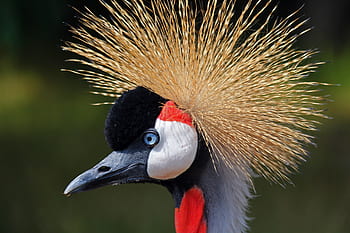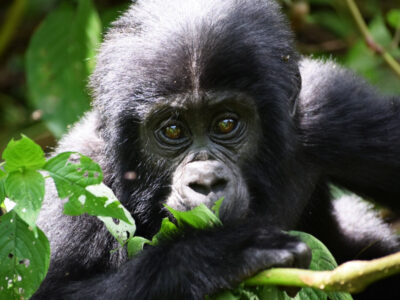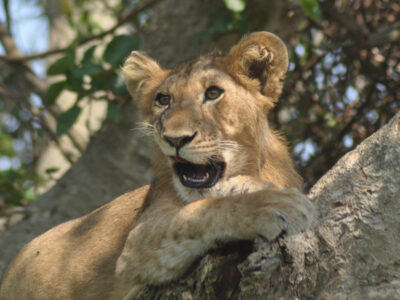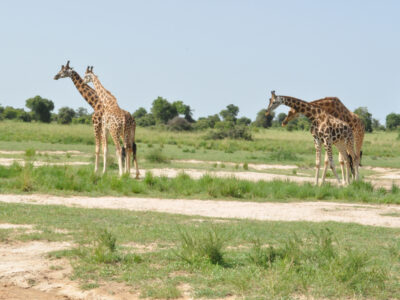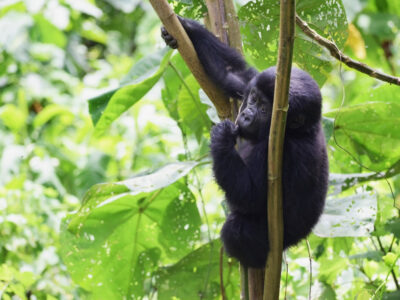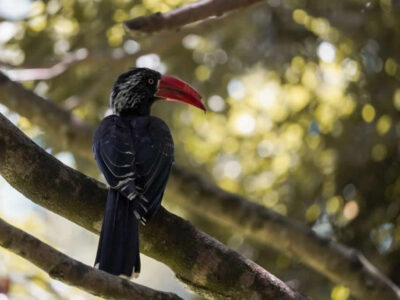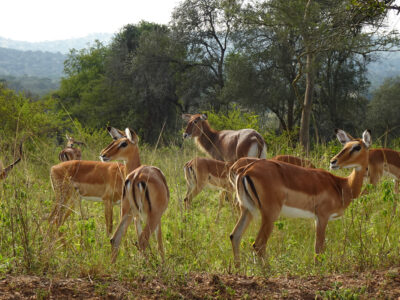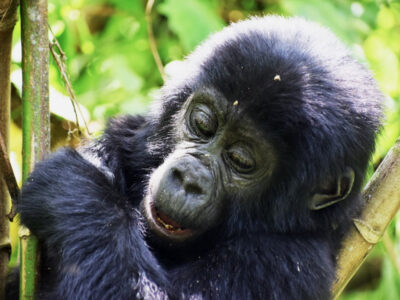Extinction of grey crowned cane in Uganda.
Wildlife conservationists argue about the birds on Uganda’s national emblem for the continued use of naked electricity transmission lines that are hindering the protection of crested cranes.
“Human habits that include poisoning and destruction of the Crested Cranes’ natural breeding grounds the wetlands, some of the Crested Cranes are also dying due to electrocution after they unknowingly collide with uninsulated power transmission lines that run through their habitats and roost sites.” the Lwengo district Senior Natural Resources Officer Godfrey Mutemba added.
It has been investigated that grey-crowned cranes are exposed to the risk of death by electrocution because they get perched on live power transmission lines.
Some of the few natural breeding grounds for Crested Cranes in the whole of the country is in the Lwego district which conserves two big gazetted wetlands of Kiyanja-Kaku and Kyoja.
In a period of one year, Mutemba recorded 21 Crested Cranes that have died of causes related to electrocution that occur within the known habitat areas of Lwengo district.
According to wildlife and tourism, other birds were found dead and these include two Marabou Storks (known as Kalooli), two grey-headed Herons (Ssekanolya), one Red-eyed dove (ejjuba), and a pied crow (Nnamungoona).
He explains that some of the birds are found below the power lines with wing injuries or they were killed instantly from the shock of electrocution. And because the cranes migrate at night or fly in groups, they become vulnerable to colliding with power lines that may not be visible in low light conditions.
What are the solutions for safeguarding the crested crane birds?
They have considered engaging the electricity transmission and distribution companies to raise the concerns and appeal to them to insulate the power lines as a safety measure.
They also want the power transmission lines to be branded with multicolored flyers that can work as reflectors to make the wires more visible and eventually prevent the cranes from colliding with them while flying.
They are soon going to meet these electricity supply companies so that they can also support our campaign to conserve these crested cranes that are one of the endangered wildlife species
Need for all stakeholders to jointly put intervention to eliminate all the threats to the survival of crested cranes.
For the last two years, Kitatta has been acting on the guidance of the Ministry of Tourism, Wildlife and Antiquates, and the established partnership with the International Crane Foundation engaged in a vigorous campaign of wetland restoration and conservation as a strategic intervention to protect the crested cranes.
“it is high time all concerned stakeholders also joined the campaign with relevant interventions to save the country’s precious emblem from extinction,” Kittata said.
“In the last 26 years, Uganda has lost 80 percent of its total Crested Crane population of 35,000 birds as per the census conducted in 1995.” The Wildlife Conservation reports at the Ministry of Tourism indicate.
About birding safari in Uganda
Uganda the pearl of Africa is a birding paradise for bird lovers where some birds are endemic, woodlands, savannah land and many more. Visitors have traveled miles specifically for birding taking a full day in a jungle where it involves hiking and nature walk. Some of the places where birds are spotted in national parks are Queen Elizabeth national park, Murchison falls national park, Bwindi Impenetrable national park, mgahinga national park, Mt Rwenzori national park, Mt Elgon, Lake Mburo national park, Semuliki national park, kidepo valley national park and many more places since birds move from one place to another. These birds include egrets, owl, ring-necked bird, long horned-billed bird, grey crowned crane, kingfishers, shoebill, black-bee eater, Turacos, Hawks, eagles, yellow-billed bird, pelicans and many more.
What to pack during a birding safari?
- Raincoat
- Comfortable hiking boots
- Long trousers, long t-shirt and long stockings
- Cameras
- Binoculars
- Water &snacks.
About Uganda Tourism Board.
Uganda Tourism Board is a government organization that started in 1994 aiming at protecting and managing the attractions in Uganda. Ministry of Tourism, Wildlife and Antiquities is working with other stakeholders to promote Uganda’s tourism all over the world. Hon. Tom Buhima the minister of Tourism, wildlife and Antiquities alongside his secretary Mrs. Katusiime Doreen working hand in hand with Lilly Ajarova the CEO of UWA to emerge the tourism markets to an international level.

